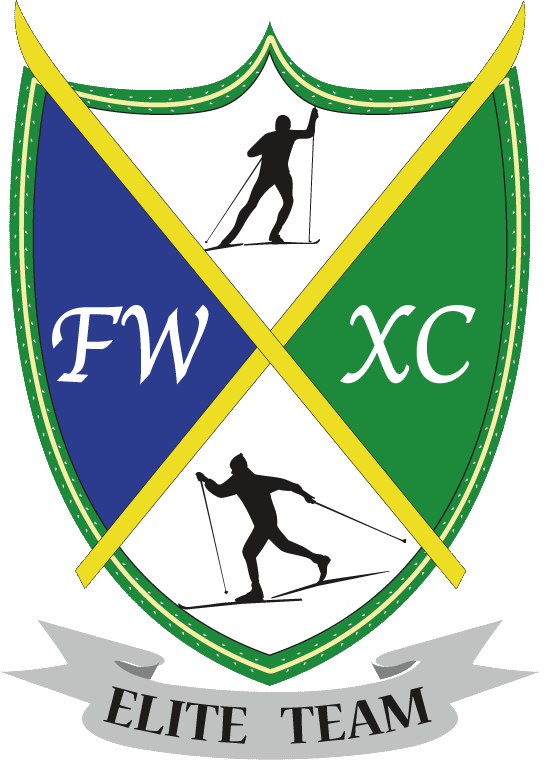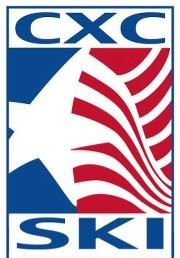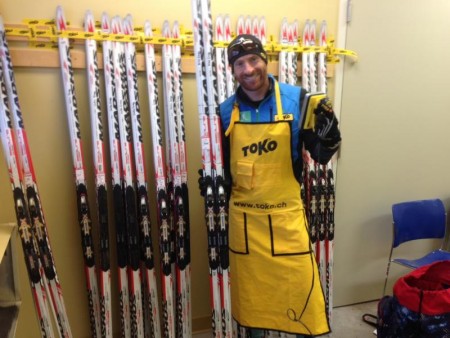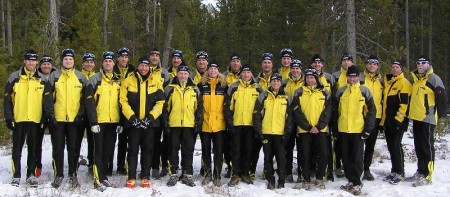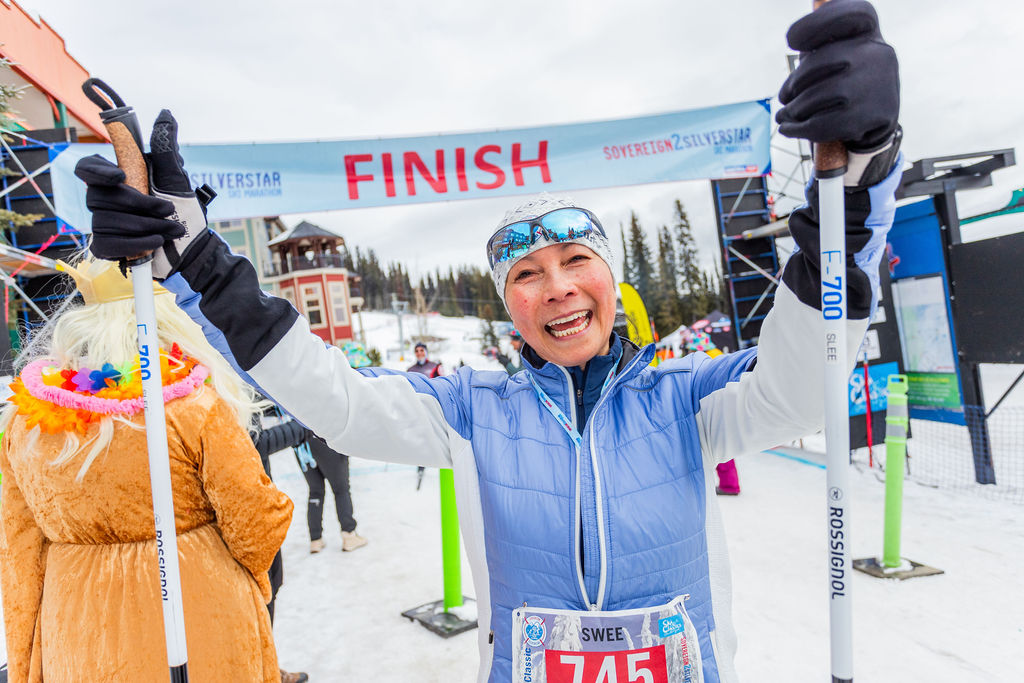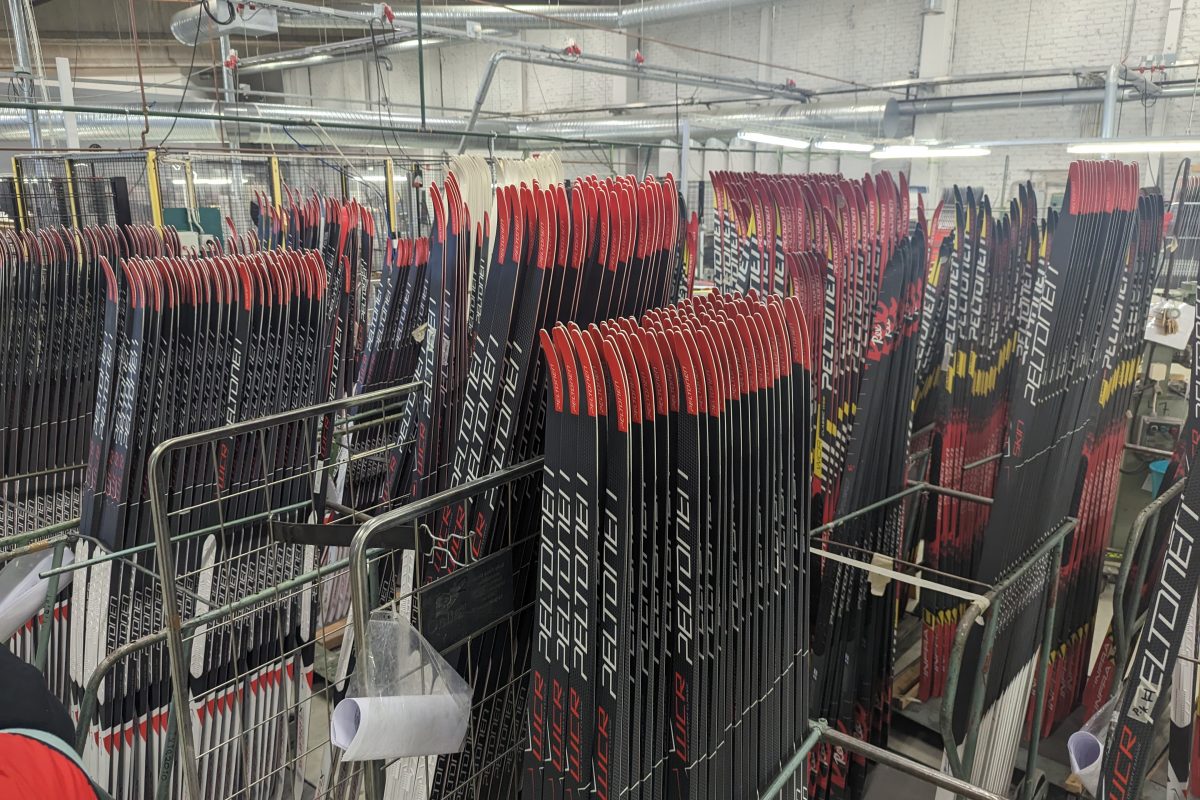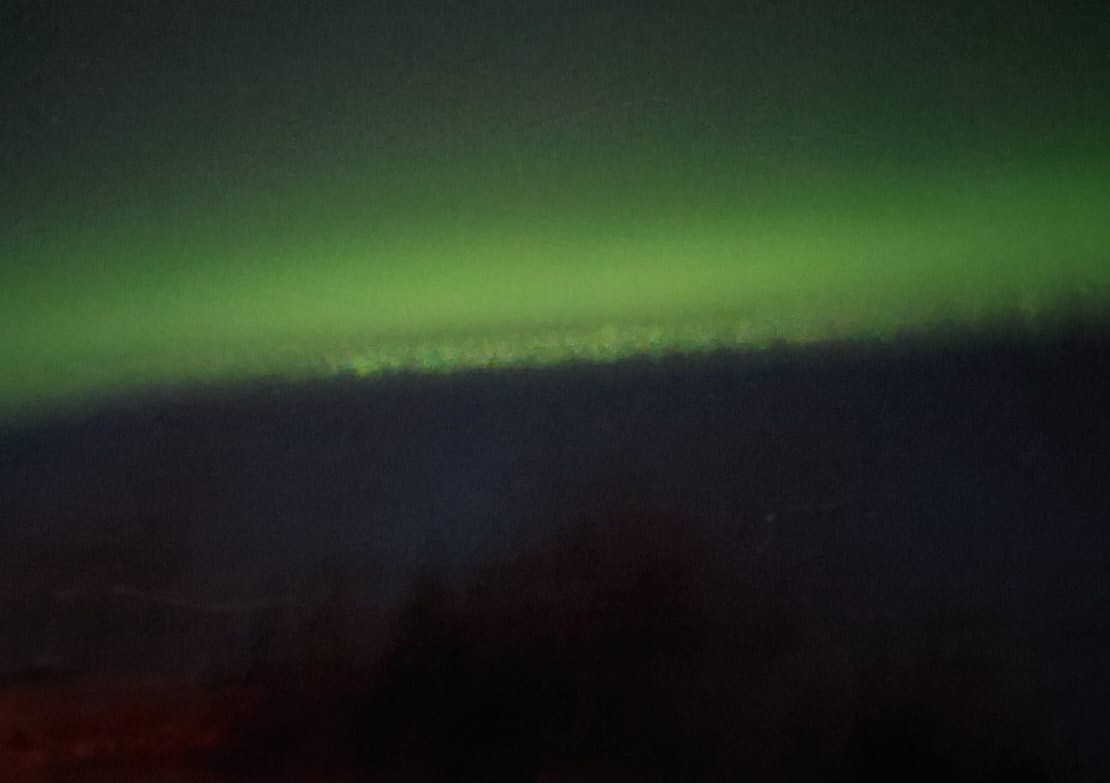Classic Mass Start. The course was mostly either up or down with very little gradual terrain. We went with a warmer kick wax than we expected since the glide wax on the ski plays a larger role in ski speed when one is going downhill at higher speeds. The additional kick helped our athletes stay smoothed and relaxed on the courses many climbs. For glide wax the blue Jetstream 2.0 Powder, and especially the Bloc, provided great high end speed.
Skate Sprint: The unwavering cold temperatures kept our glide test results the same as during the previous races. Adding the Jetstream Blue 2.0 Bloc on top of Toko HF Blue really picked up ski speed. We were impressed by this since gains from using high or pure fluorinated wax over non-fluorinated paraffins can be diminished at such cold temperatures.
10/15k skate race: Cold temps, most athletes were on their coldest skis. I went ahead and treated bases with several coats of good cold glide wax to make sure they were adequately hard. I found LF under layers were running comparably well or better than HF so that was my under layer before race day. I went ahead and burnt in Toko jetstream blue block mixed with X-cold as I felt it was running a bit faster than the powder equivalent. I used fiberlene on the iron and made sure the existing structure on the ski was de-tuned as much as possible. I was a little worried about the durability of a block application vs powder but with a hot application it didn’t seem to be an issue. I hit the skis again with another corked block application for additional first lap speed.
Classic sprint: I again continued hardening the skis with cold wax. I went with an HF under layer on the day and continued blocking the skis during rounds as it seemed to again give better speed than burning in powders.
For kick I tested a number of different things. Contrary to what I imagined I found that a hard wax binder cut with a warmer blue wax, then shelled with an Xcold kick wax gave both better speed and kick than straight cold hard wax. It seemed that given the snow sheer having a soft under layer of binder covered with a fast hard shell allowed for better kick and speed than straight cold hard wax. This combo worked well for the team with Ben Saxton ending up second on the day and Annie Hart finishing 4th!
Mass Start Classic: I went with a similar kick decision, but burned in powders for added durability, then finished with a block. Finding the right balance between kick security and ski speed in the slow falling snow seemed to be the most critical factor in delivering good skis. While the snow wasn’t falling as hard as the sprint day, and snow sheer didn’t seem as bad as the sprint day, I still started light on kick wax, adding a warmer wax under foot until the athlete was certain of their kick, then went ahead and shelled it with a colder hard wax.
Skate Sprint: Nothing too much different to report for the skate sprint. I kept hardening all of the skis throughout the week, making sure they got lots of coats of cold wax and trying to take as much structure out of the ski as possible. I went with an HF under layer and again went with a cold block application throughout the rounds
Overall on the week, I would say that having a dedicated cold ski for classic and skate is very important. Making sure that ski is appropriately hardened and seasoned seemed to make for that little extra bit of speed that is so important in slow snow like we saw all week.
Some general feedback and thoughts for the week: the week was dominated by really cold temps and slow snow. I really like the Toko waxes, especially in the blue range. I had good luck with both Jetstream 2.0 block, the powder and the X-cold powder. I tested some combo of straight JS Blue 2.0 block, block with x-cold powder, and JetStream 2.0 powder with x-cold. Results seemed really good with the block and x-cold combo winning many speed tests. I often went ahead and powdered for durability.
Toko X-cold kick wax has continually impressed me as both a solid training wax and race wax. It delivers good speed when speed is hard to find and solid kick.
– Patrick O’Brien, Head Coach Elite Team
Skate Distance
Racing began this week at the US National Championships in Houghton, MI with the 10/15k Freestyle races. For snow conditions we experienced cold, fresh, wind blown, lake effect snow. This combination made for very poor gliding snow. We found LF Blue/XCold Powder mix, hardened up the base to provide the best breakaway speed. When testing powders, we saw no difference from our base wax to powders in breakaway speed but at top speed, the powders were clearly better. The powder that we went with was a mix of Jetstream Blue 2.0 and XCold Powder.
Classic Sprint
For the classic sprint, we continued to see the same trend with snow conditions: Cold, New, and Windblown. For glide wax, we stuck with same combination that worked well for us in the skate distance race. We ran LF Blue/XCold Powder Mix with Jetstream Blue 2.0/Cold Powder on top. When working on kick, application method proved to be the largest factor in ski speed. The biggest thing we found was we needed to manage the length of the pocket and the thickness of the application. Because of the aggressiveness of the snow any extra bit of kick wax that was not needed would only slow down the glide. With it being a classic sprint, we skipped a binder and went with straight XCold Gripwax for the kick.
Mass Start Distance Classic
In the Classic distance race we had our first experience with races happening without snow falling. For the Junior men’s 10k and the Senior Men’s 30k, the forecast left us confident that we could run HF Blue/XCold Poweder and Jetstream Blue 2.0 as our glide layers. The lake effect snow, which came down very dry, would glaze very quickly due to the high humidity after only a few skier passes. This made HF waxes jump the LF waxes we ran in the previous race fairly significantly. For Senior women, we anticipated by that point we would have some snow falling so we kept with the HF Blue/XColdpowder mix but we also added in XCold powder to the Jetstream Blue 2.0.
For kick layers, in the junior men’s race we went with an Ironed in layer of XCold Gripwax, full layer XCold Gripwax, Blue Gripwax, and a full cover of XCold Gripwax. Men’s race, we used a Green binder ironed in, Three tapered layers of Blue Gripwax, and two tapered XCold Gripwax Layers. For women’s race we ran similar to men but decreased layering by 1 on the final XCold Gripwax and also finished with a short zone of Blue Gripwax under the toe.
Skate Sprint
For the final race of the week, we finally were awarded with some nice weather. Temperatures were a lot more moderate then the days previous and the sun was out for the heats. We ended up going with an HF Blue/XCold Powder mix for the paraffin layer and top with Jetstream Blue 2.0 for the qualifier. In the heats we ran the same base layers but added in Helix Blue 2.0 when the trails really started to glaze.
Overall
I have to say that I am really impressed with the new 2.0 products that have come out. In my experience I have always had great success with the whole Toko Red waxes in the Midwest. Slightly older snow, in temps from mid teens to twentys has always been rocking for the whole red line. It’s good to see the blue line catching up to the other typical Midwestern favorites like Start Green. The combinations that I ran this week during US Nationals were the exact same as what I ran for junior nationals up in Fairbanks. In cold, aggressive snow, I am always trying that Jetstream Blue/XCold Powder mix. I’ve done some basic 1 to 1 comparisons while out skiing and the 2.0 blocks and powders usually take the win in the tests.
– Andy Keller, CXC Elite Team Head Coach
 First off, we found Toko toppings to run exceptionally well throughout the championships. We were on Toko 2.0 blue block and/or powder for every day of racing, and for almost every individual race. HelX Blue 2.0 Spray was in the mix a few times. It may have been a difference in application, but we never found it better when the Toko testers found it better, even applying over blue block like they had said.
First off, we found Toko toppings to run exceptionally well throughout the championships. We were on Toko 2.0 blue block and/or powder for every day of racing, and for almost every individual race. HelX Blue 2.0 Spray was in the mix a few times. It may have been a difference in application, but we never found it better when the Toko testers found it better, even applying over blue block like they had said.
– Tim Baucom, Head Waxer, SVSEF Gold Team
Waxing “Cold” Racing Skis in General
Generally the difference between cold and universal skis are flex (more contact on cold skis), structure, and often times base material. These are what differentiate. In terms of preparing a cold ski to be “cold” in general, a common mistake is to only use cold waxes. We have noticed that if you only wax your cold skis with hard waxes, the skis accept less and less wax. For this reason, it is good to put some softer waxes now and then in the cold skis too.
When waxing with hard cold waxes, a key point is that the iron needs to be hot enough and exposure long enough that the wax becomes opaque such that there is no air at all between the wax and the ski. This is the most common mistake. This means that when the wax is scraped off, except for in the groove (if it was not specifically ironed which is a sound technique), the wax should not at all “spring” off the base, but rather come off like fine sawdust. If the wax has been applied such that it is opaque and comes off very fine rather than jumping off the ski in chunks, it will be a good application both on race day in when waxing skis to harden the bases in general.
Race Wax Tips
The Toko Tech Team, a regional team of wax technicians almost all of which have been working for Toko for over 10 years, have tons of experience, and have been very well trained, research and prescribe race wax tips for you. There is a local and respected name behind every wax tip. Toko race wax tips are generally posted 2 days before an event and updated if needed. This is the most important thing that we do in the Nordic market.
Click here for the Race Wax Tip portal page
Wax Clinics
We are conducting over 100 wax clinics for you to attend and learn throughout the country. Click here for the schedule. Clinics will continue to be added, so be sure to check back.
Toko US Facebook Contest
Toko US has started a promotion on its Facebook page where questions are asked and the first correct recipient receives a prize.
Questions range from Toko trivia to “where was this photo taken”? Like Toko US today to have some fun and win some prizes!
This contest will run all winter!
Note: there is a Toko worldwide fb page which is quite good, but the contest will be on the Toko US site.

